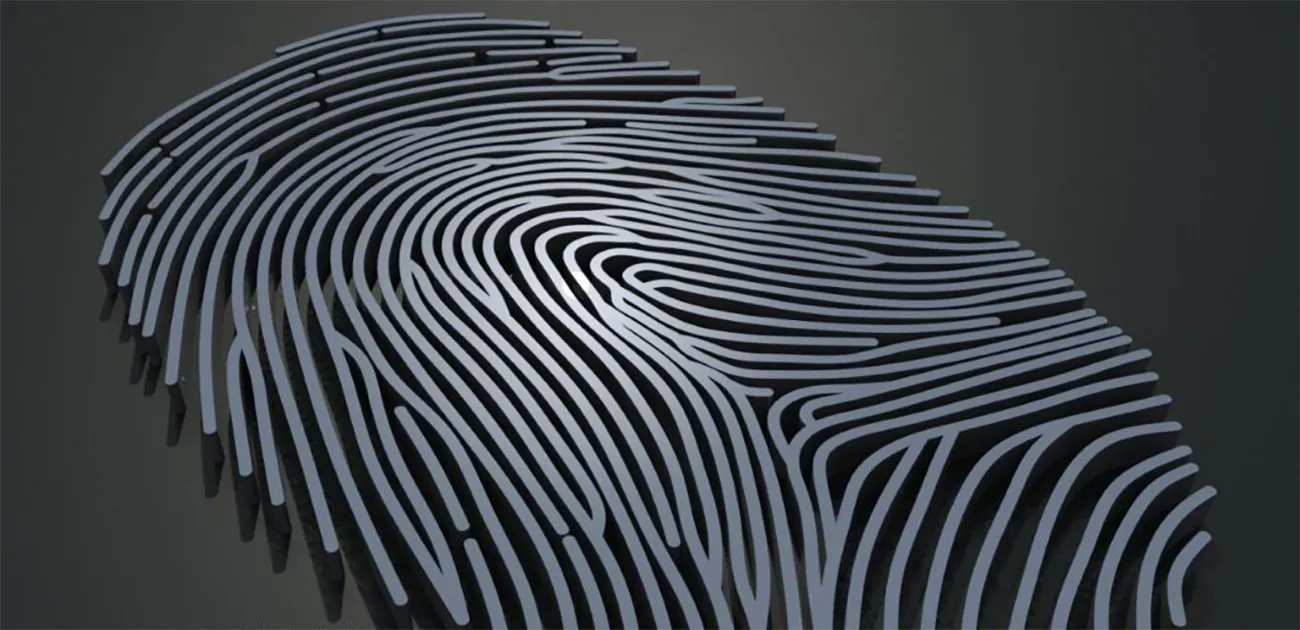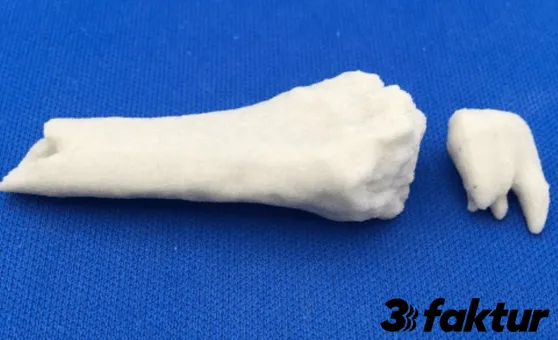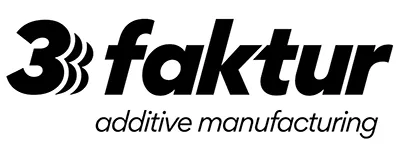
“The 3D printing plays an important role in many areas of manufacturing. However, even outside of industrial use, 3D printing proves its significance. Recently, additive manufacturing has revolutionized police work, creating opportunities and new challenges for law enforcement agencies. The focus is often on 3D-printed firearms or their blueprints in the media. However, in this article, we will discuss how the use of 3D printing technologies facilitates police work.
3D Printing in Forensics
In this field, 3D printing, combined with the “sister technology” of 3D scanning, demonstrates its potential:
- Replication of evidence: 3D printing technologies can be used to reconstruct individual bones, skulls, or faces. These aids in victim identification or better understanding the crime scene. Real evidence is preserved or, if unavailable, replaced with replicas.
- A more complex application involves the reconstruction of entire crime scenes, often utilizing 3D scanning technology. The entire crime scene can be reproduced in scale using 3D printing, providing a visual reconstruction for investigators or courtroom purposes.
- Unlocking smartphones using fingerprints or Face ID: Accessing the smartphones of deceased or missing individuals is often crucial for gathering evidence. 3D printing technologies can create 3D models from regular fingerprints, enabling the unlocking of phones. However, this capability can also be misused for criminal purposes. Additional information can be found here.
3D printing can significantly facilitate police work and improve investigative outcomes.


3D Printing of Components for Police Work
The use of 3D printing technologies expands the capabilities of forensic investigations. Moreover, additive manufacturing provides benefits for police work in another area. Similar to other users of this technology, law enforcement agencies also utilize 3D printing for manufacturing specific devices or components.
- Manufacturing of police-specific devices: Policing investigations often require devices with specific features or shapes, such as viewing devices, measuring instruments, and other equipment. Additionally, robotic arms used in bomb disposal robots are already partially additively manufactured.
- New types of equipment:
- New generations of drones: Particularly, lightweight construction possibilities are of interest.
- Bionic equipment tailored to individual police officers (think: Robocop). The first exoskeletons are already in use in the military and industrial sectors (German Bionic).
In this regard, police investigative agencies are no different from other users of 3D printing. Factors to consider include the choice of materials and 3D printing processes. Law enforcement agencies face the decision of either developing additive manufacturing capabilities in-house and acquiring the necessary machinery or engaging a competent 3D printing service provider, such as 3Faktur.
Conclusion
In the media, the “dark” side of 3D printing (printed weapons, copyright infringements) often takes the spotlight. However, the technology itself is not to blame. Law enforcement agencies worldwide are increasingly turning to 3D printing technologies to enhance crime fighting. With this article, we aim to highlight the impressive possibilities that 3D printing offers to law enforcement agencies. The new challenges posed by 3D printing for the police will be addressed in a subsequent article.

About 3Faktur: 3Faktur specializes in 3D printing, rapid prototyping, and rapid manufacturing. We utilize HP’s Multi Jet Fusion technology and offer various materials for prototyping and series production. If you have any questions about your project, feel free to contact us.
